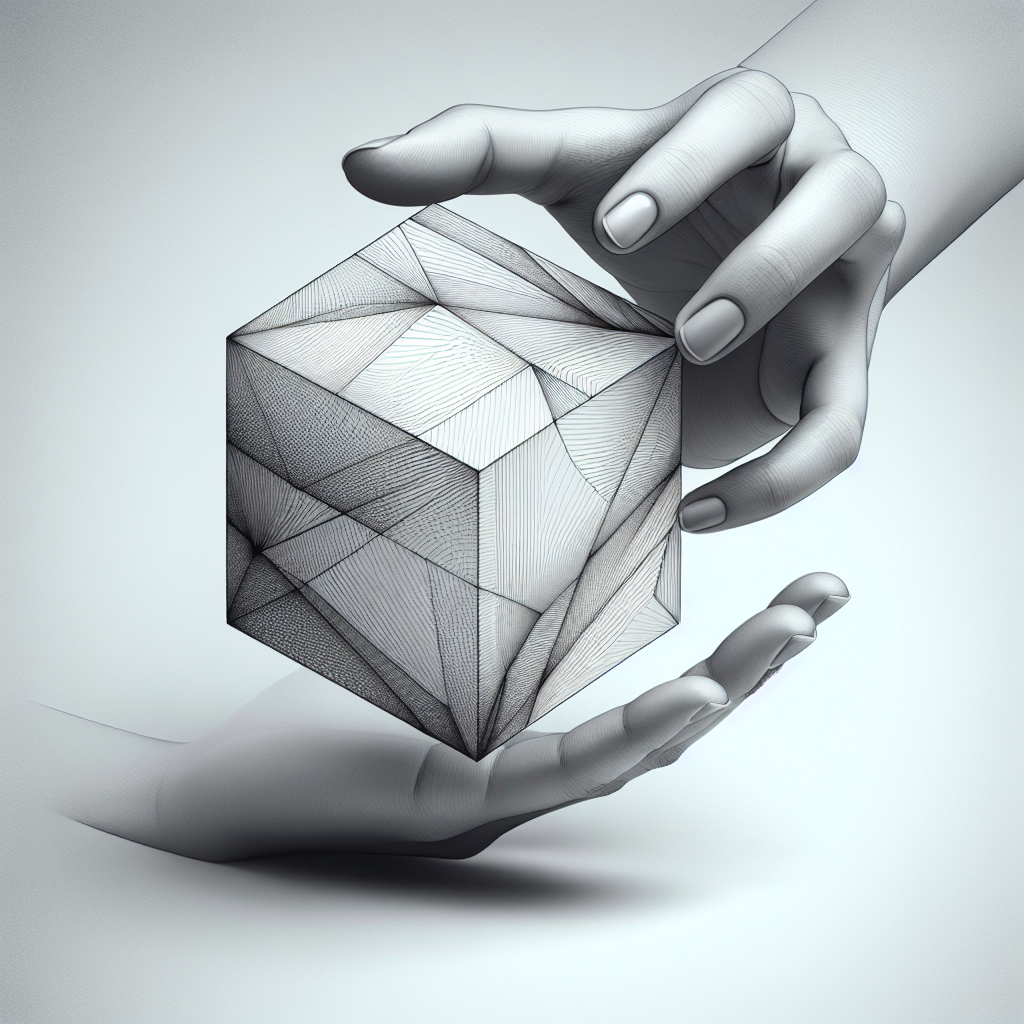Introduction: The Power of AI in 3D Model Generation
Artificial Intelligence is revolutionizing the world of 3D printing. Traditionally, creating 3D printable models required a solid grasp of CAD software and significant design experience. Now, with the emergence of advanced AI tools, hobbyists and professionals alike can generate detailed, unique, and printable 3D models faster and with less technical expertise. In this article, I’ll guide you through the process of using AI to generate 3D printable models, drawing on both practical experience and industry developments.
How AI Generates 3D Models
The core advantage of AI in 3D design is its ability to interpret and generate geometry from various data sources. Current AI-driven tools can create 3D models from text prompts, images, sketches, or even partial scans. These models can then be used directly in 3D printing workflows. Here are some of the primary methods:
- Text-to-3D: AI interprets written descriptions to create 3D objects. For example, “A detailed dragon figurine” or “a vase shaped like a tulip.”
- Image-to-3D: AI analyzes 2D images or sketches and extrapolates depth and structure to create printable 3D models.
- 3D Model Enhancement: AI algorithms repair, upscale, or optimize existing meshes for better printability or design refinement.
Popular AI Tools for 3D Model Generation
Several platforms and tools have emerged that leverage AI for 3D model creation:
- OpenAI’s Point-E and Shap-E: Generate 3D models directly from text prompts or simple sketches.
- Luma AI: Uses neural rendering to turn photos and videos into high-quality 3D models.
- Meshcapade and Kaedim3D: AI-driven platforms for creating realistic avatars and objects for 3D printing.
- ClipForge: Converts text and images into printable models using machine learning.
Most of these tools output standard file formats like .STL, .OBJ, or .PLY, which are compatible with slicers and 3D printers.
Step-by-Step: Using AI to Generate 3D Printable Models
- Choose an AI Tool: Select a platform based on your input preference (text, image, or 3D enhancement) and desired output quality.
- Input Your Idea: Provide a detailed text prompt or upload an image/sketch. Be as descriptive as possible; for example, specify size, posture, texture, or style.
- Review and Refine: Most AI tools let you preview or tweak the generated model. Inspect for geometric errors, thin walls, or non-manifold edges.
- Download the Model: Export the model in .STL or .OBJ format for 3D printing.
- Prepare for Printing: Import the model into your preferred slicer (like Cura, PrusaSlicer, or Bambu Studio). Check for printability issues such as overhangs, supports, and scale.
- Print and Post-Process: Start your print. After printing, clean up any supports and finish your model as desired.
Tips for Better Results with AI-Generated Models
- Be Specific in Prompts: The more details you provide the AI, the better the output. Mention material types, desired dimensions, and use cases.
- Check for Printability: AI-generated meshes may have errors like non-manifold edges or floating shells. Use mesh repair tools (like Microsoft 3D Builder or Meshmixer) before slicing.
- Iterate and Experiment: Don’t be afraid to run several prompts or tweak images. Each iteration may produce a better or more printable result.
Limitations and Practical Considerations
While AI tools are powerful, they’re not perfect. Complex mechanical parts or highly functional models may still require manual intervention in CAD software. Additionally, printability checks are still best handled by experienced users or dedicated mesh software.
Also, be mindful of copyright when using AI-generated models, especially if your prompts reference trademarked characters or designs.
The Future of AI in 3D Printing
AI is accelerating creativity and accessibility for 3D printing enthusiasts. As these tools mature, expect even more seamless integration between ideation, design, and physical creation. With AI, anyone can bring their imagination to life—one print at a time.
Conclusion
AI-powered 3D model generation is changing the landscape of 3D printing. By leveraging these tools, you can create intricate, customized, and printable models with minimal design expertise. Whether you’re prototyping, making art, or just experimenting, now is the perfect time to explore what AI can offer for your next 3D printing project. Happy printing!

Leave a Reply